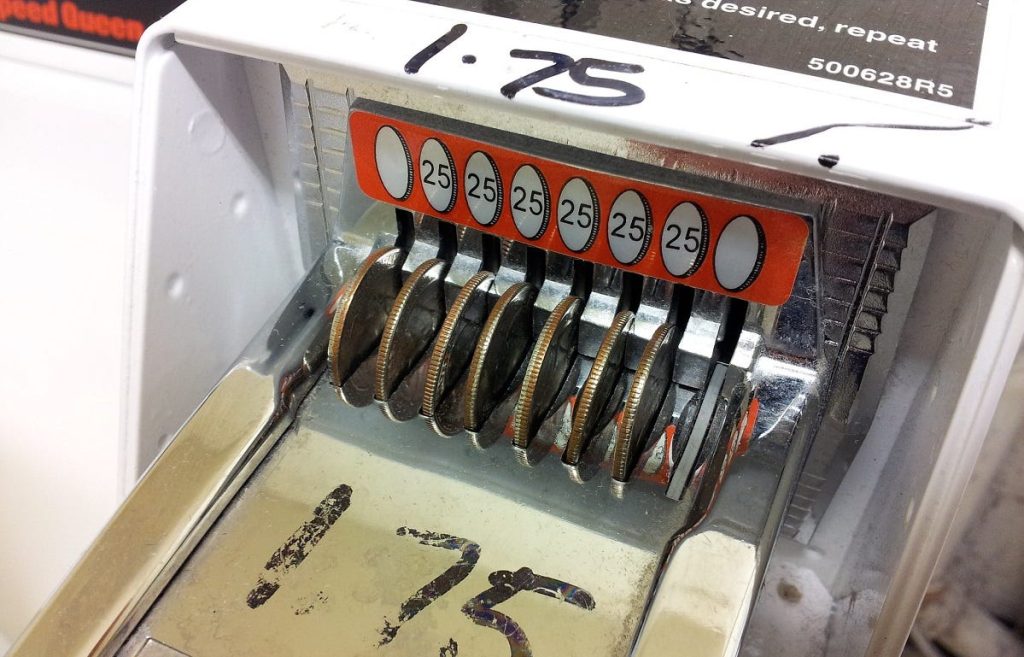In an increasingly digital world, the demand for convenient, seamless transactions for digital goods is on the rise. Whether it is purchasing a song, downloading an e-book, or accessing premium content on a website, consumers expect hassle-free payment options. Micropayments have emerged as the solution to cater to these needs, and they are becoming easier than ever to facilitate. Micropayments refer to small, often incremental payments for digital content or services. They are typically used for transactions where the cost is too low to justify traditional payment methods like credit cards. The challenge lies in making these transactions quick, efficient, and frictionless. Here’s how micropayments are being made easy:
Digital Wallets: Digital wallets have revolutionized micropayments by providing a secure and convenient way to store funds and make small transactions. Services like PayPal, Apple Pay, and Google Wallet allow users to link their accounts to their preferred payment method and make one-click purchases, eliminating the need to repeatedly enter credit card information.
Cryptocurrencies: Cryptocurrencies like Bitcoin and Ethereum have gained popularity as a means of facilitating micropayments and check this site https://www.family-paybank.com/. They offer low transaction fees and faster processing times compared to traditional banking systems, making them ideal for small digital purchases. Additionally, blockchain technology ensures security and transparency in these transactions.

Subscription Services: Many digital content providers have adopted subscription-based models that bundle access to multiple pieces of content for a flat monthly fee. This allows consumers to make microtransactions without thinking about individual costs, making it more convenient and cost-effective.
In-App Purchases: Mobile apps have harnessed the power of micropayments through in-app purchases. Gamers can buy virtual items or power-ups for a few cents, while users of productivity apps can unlock premium features with a single tap.
Payment Aggregators: Micropayments often involve aggregating several small transactions into a single payment. Payment aggregators simplify this process, allowing digital content providers to collect payments from users and distribute revenue efficiently, reducing administrative overhead.
One-Click Purchases: E-commerce platforms have integrated one-click purchase options to streamline micropayments. With saved payment details and shipping addresses, users can make purchases with a single click, making the transaction process effortless.
API Integration: Application Programming Interfaces APIs enable seamless integration of payment systems into digital platforms. This integration allows for a smoother user experience, as payments can be made without leaving the website or app.
Cross-Platform Compatibility: Ensuring that micropayment solutions are compatible with various devices and operating systems is crucial for user convenience. Developers are working to create cross-platform solutions that work seamlessly on smartphones, tablets, and desktop computers.
In conclusion, micropayments have evolved to become an integral part of the digital economy, enabling users to access digital goods and services with ease. With the advent of digital wallets, cryptocurrencies, subscription models, and other innovations, making small transactions for digital content has never been more straightforward. As technology continues to advance, we can expect even more innovations in micropayment solutions, further enhancing the user experience and driving the digital economy forward.
